White Spotted Char | Iwana or Ame Masu
Japanese Name: Iwana (land-locked) or Amemasu (sea-run)
English Name: White-spotted Char
Scientific Name:Salvelinus leucomaenis (Pallas, 1814)
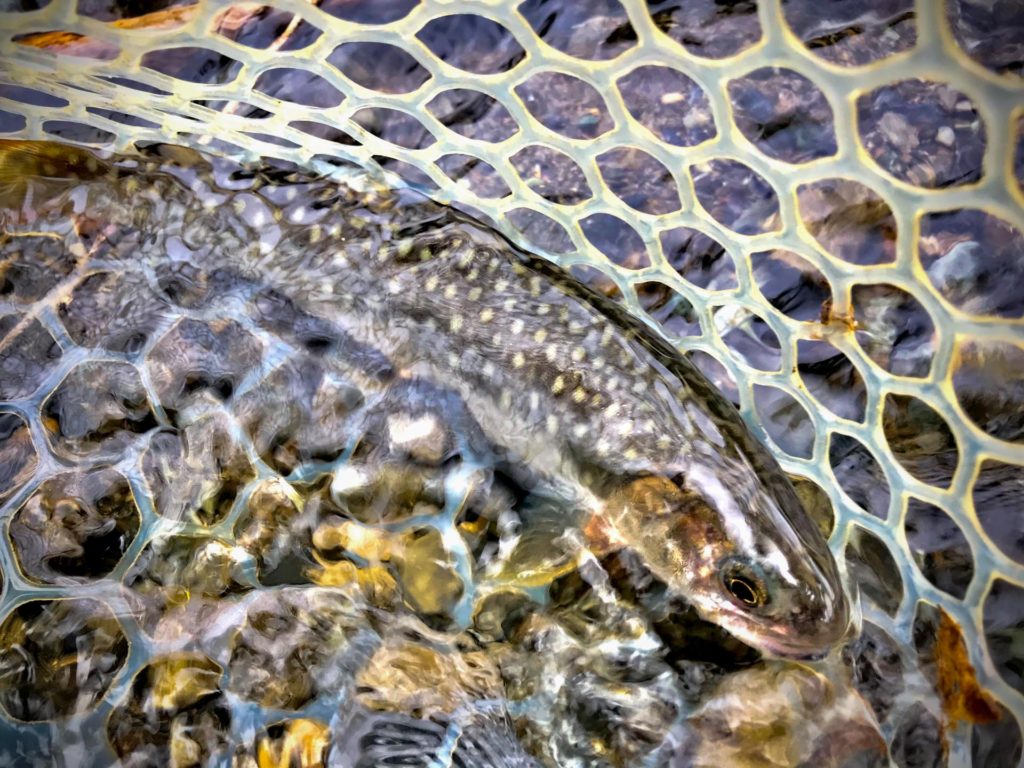
Once known as "phantom fish" in main island for reduced number of population, but they have become thoroughly available in mountain streams of Japan in recent years due to stocking. Second most popular sports fish in mountain stream next to yamame amongst fly fishers in Honshu Island.
Habitat of Iwana/Amemasu
Iwana came to Japan from Arctic Ocean during the Ice Age, then fish in southern habitat got landlocked as global climate warmed up and blocked them from returning to ocean. They headed for the coldest water they could find, and it is why Iwana is often seen in very small mountain streams where water is only a foot deep, and they move about large distance in rainy season when water becomes deep enough or rainy day when they crawl from one stream to another.
Iwana spend 2 winters in headwater of river while zoning for better feeding spots. Those fishes lose the competition not able to attain enough nutrients turns smalt then migrate downstream during snow melting season (March in Honshu and April/May in Hokkaido). Those sea-run or lake-run fishes are known as Amemasu and they spend a summer in ocean or lake growing large before running up rivers during late summer for spawning. They don't die after egg laying like salmons. They remain in river until next snow melting season then repeat the cycle.
Amemasu or Ezo Iwana: Dominant Species of Iwana
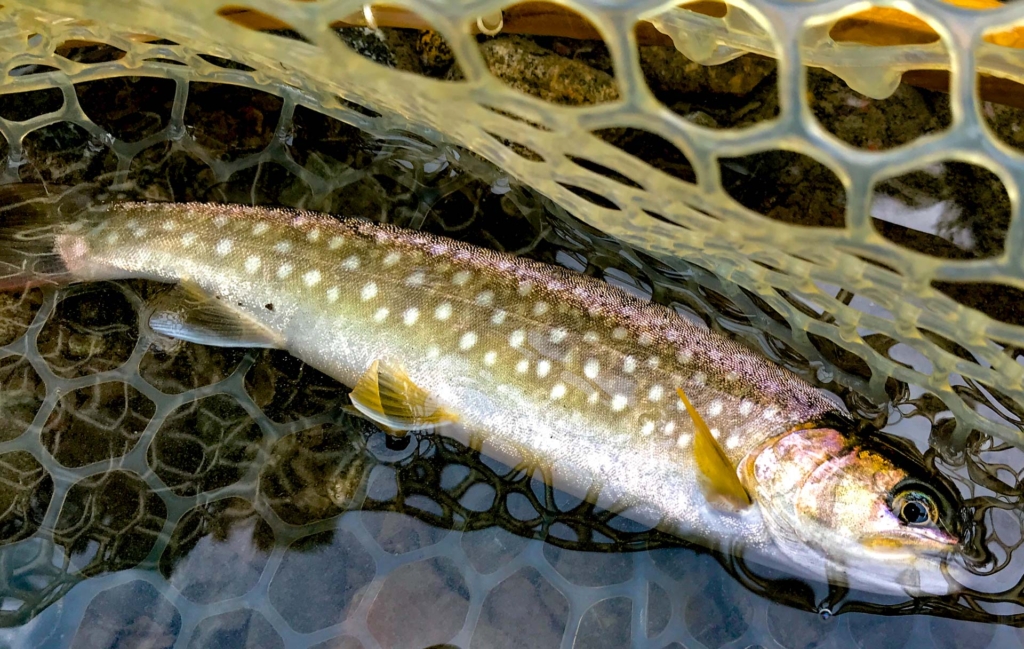
Amemasu are found in Hokkaido and part of Tohoku Province and they are dominant species of iwana who are found in both landlocked and searun. Food-rich rivers will hold more iwana, but the rest will run-down. Ezo-iwana has distinct big white spots all over its body and no orange spots like its kin Nikko-Iwana or Yamato-Iwana. Sea-run type iwana turns golden base body colour while land-locked fish remains gray base body colour.
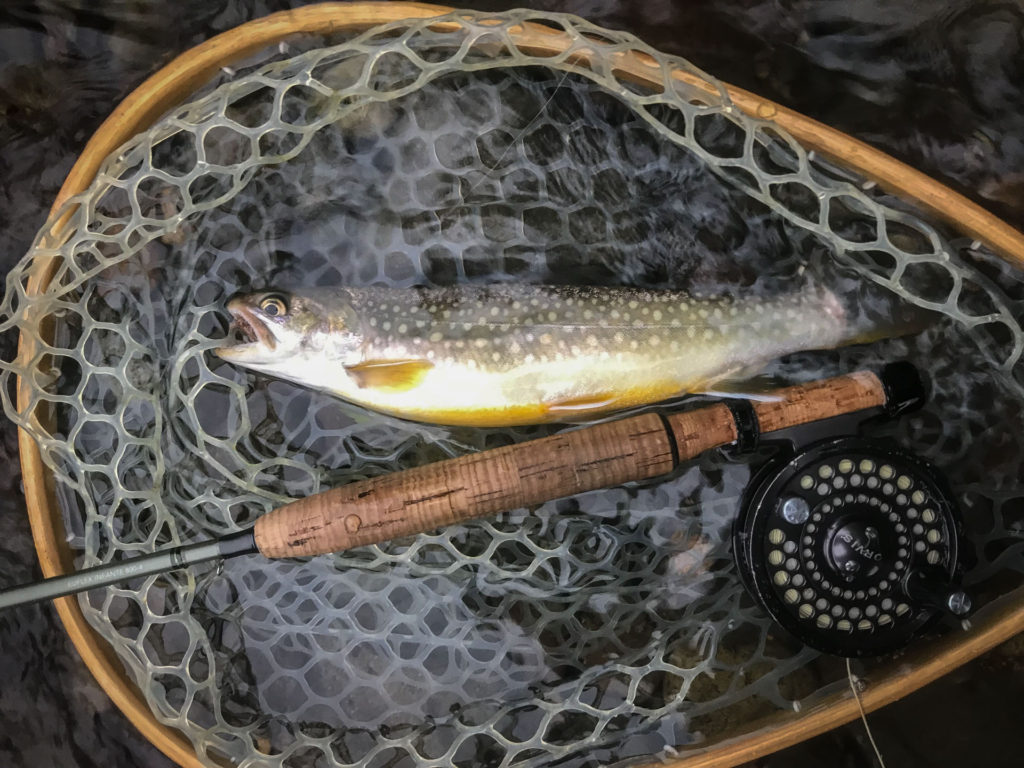
Subspecies of White-spotted Char
Nikko Iwana: Salvelinus leucomaenis pluvius (Hilgendorf, 1876)
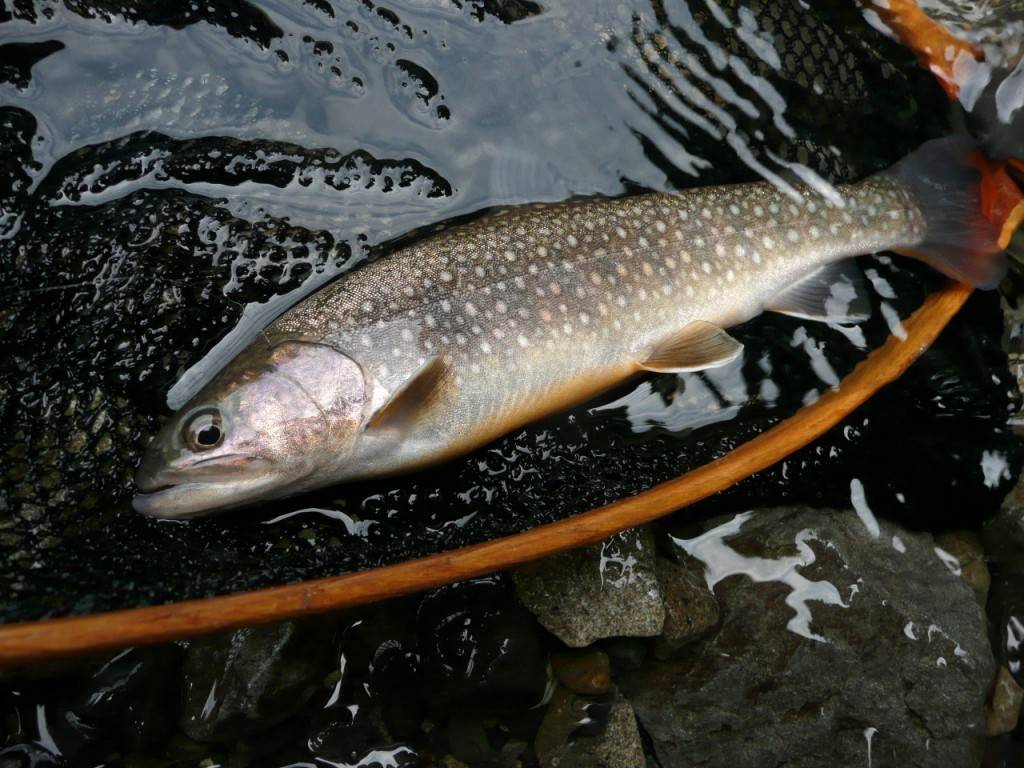
Most abundant iwana in Eastern Japan including near Tokyo, and extending their habitats all the way to Western Japan by stocking. Body is covered with both white spots and orange spots with variation depending on region. Northern fish has more white spots than orange spots while further central fish has more visible orange spots than white spots.
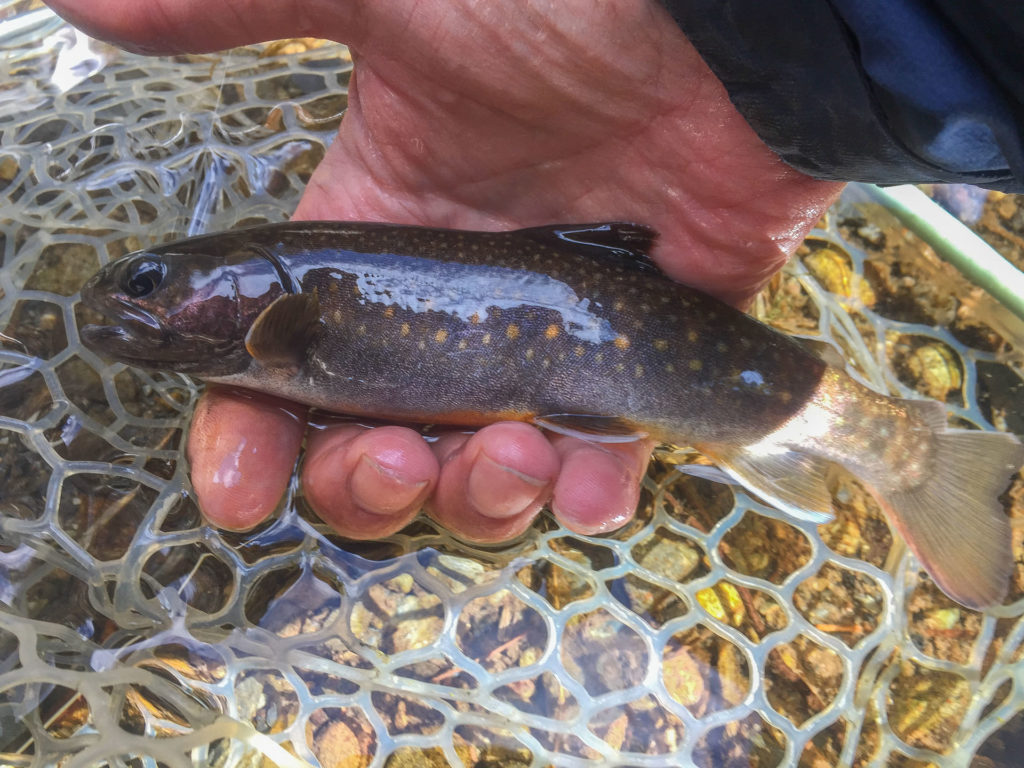
Yamato Iwana: Salvelinus leucomaenis japonicus (Oshima, 1938)
Labeled as “endangered" or “vulnearble" speci on Red List due to over fishing and mix breeding with pluvius caused by recreational fishery. It is hard to preserve this subspeci due to indentity method is not widely known. Major difference between Yamato (japonicus) and Nikko (pluvius) is that genuine Yamato only has orange spots and appear dark skin.
Gogi: Salvelinus leucomaenis imbrius (Jordan and McGregor,1925)
Endemic to Chugoku Province labeled as “vulnearble" in Red List. Looks similar to Nikko-Iwana, but their white spots on top of body is not worm-eaten dots but polka dots at the rest of body due living in iron-rich water.
Need Guide Service?
If you need guide service to take you through the wonders of Japenase fly fishing or you are travel agent looking for guide service, please contact us using this form.
この記事のディスカッションに参加する | Join the Discussion
東京フライフィッシング&カントリークラブのFacebook グループ「Friends Lobby」ではメンバー以外の方とのディスカッションも行っています。気になる情報や質問などはこちらまで!



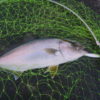
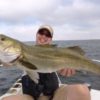
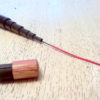
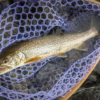
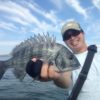
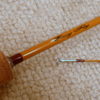
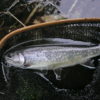

Discussion
New Pnigbacks & Trackbacks
[…] #2: White Spotted Char (3->2) […]
[…] is known as tenkara using single soft hackle fly to catch mountain creek trouts such as yamame and iwana. Dobu grew to the level of artistic recreational fishing by swordsman class and merchants practiced […]
[…] Everyone thought western fly fishing was made too loud, too big, and too slow to catch the misty iwana who was believed to sense the approaching anglers and to catch the mighty yamame who was believed […]